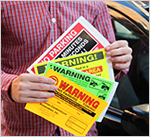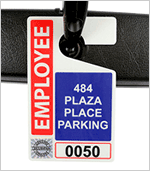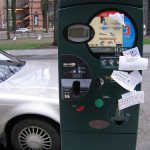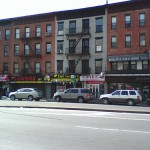New parking regulations in effect in Portland, OR
Until May 10, developers seeking construction permits for large apartment buildings in Portland, Oregon, didn’t have to provide tenants parking for their cars, just for their bikes.
Today it’s a different story. Now new residential developments of more than 30 units must meet minimum parking requirements on a tiered scale. For instance, buildings with 31 to 40 units must provide one parking stall for every five units, while buildings of more than 50 units must provide one stall for every three units.
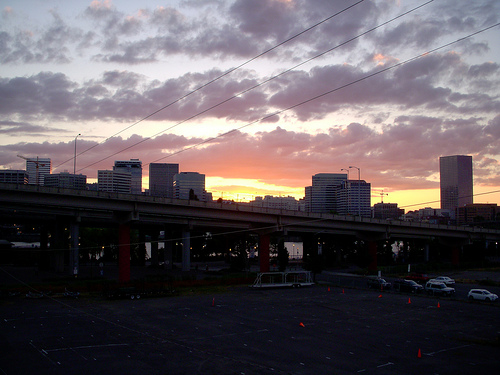
A city noted for progressive attitudes toward urban growth, some Portland residents (those with cars?) feel squeezed by population growth paired with less new parking stock. Photograph courtesy SoulRider.222.
The change in parking regulations was prompted by the construction of a four-story, 81-unit apartment building along Division Street, a narrow arterial in Portland’s inner southeast quadrant. Based on the rules in place at the time, it offered tenants multiple bicycle racks—but not one parking space.
Neighbors were not pleased. The development was one of about 30 parking-free, multifamily buildings in various stages of completion in the city’s cozy southeast neighborhoods. The boom in construction has been fueled by Portland’s apartment shortage; last October its vacancy rate was second only to New York City.
Portland mayor Charlie Hales, who was on the city council in 2002, when it passed parking regulations that allowed housing to be built without parking as long as it was within 500 feet of public transit that had frequent service, told local media outlet KGW that tall, boxy buildings chock full of studios and one-bedroom apartments was not the development he’d had in mind when he’d supported the rule.
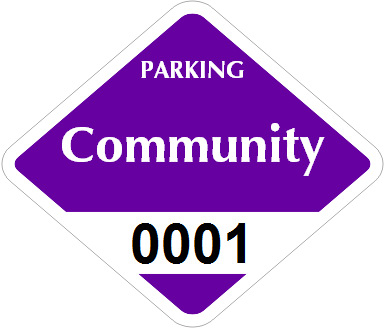
Neighborhood parking is a peculiarly hotbutton issue in Portland, where urban growth is perennially on the political agenda. Via myparkingpermit.
“It is a good thing that we’re building up and not out,” he said to The Associated Press but also urged a “pragmatic” approach.
“People still own cars,” said Hales.
That acknowledgment is not one easily accepted by locals and policymakers who have made the city one of the most environmentally friendly in the country. It boasts a plastic shopping bag ban and global warming “action plan” and, in 2001, became the first city in the United States to open a streetcar line in more than 50 years. Its goal of parking-free apartments was meant to discourage tenants from owning cars and to urge developers to build closer to Portland’s downtown, thereby slowing the urban sprawl that, in other metropolitan areas, has overtaken farmland.
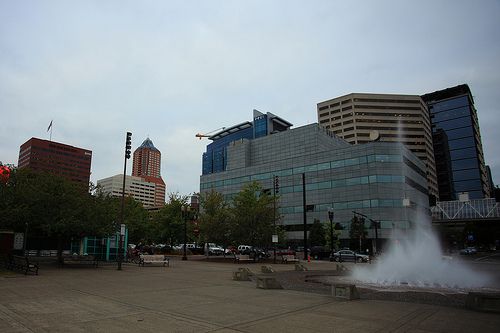
Portland 86ed parking regulations that required lots to be built for many new residences – and now shortages have some Portlanders mad. From Dmytrok.
But now that locals are seeing the results—towering construction and fewer parking spaces—of abstract policies, they question the direction in which the city’s development is headed.
The newly implemented parking minimums may be just one sign of the change afoot in Portland’s parking policies.City commissioner Steve Novick last month recommended permit parking for Division Street in response to the controversy. Were permit parking to be implemented there, it would be one of just three permit-parking zones located on the city’s east side.
Novick’s suggestion has yet to gain traction, but it does point to the rising discomfort of a city struggling to reconcile environmental goals with urban growth.




